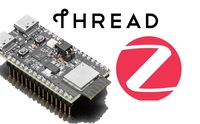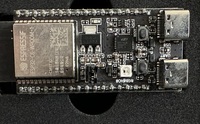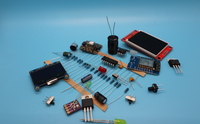The Mac Companion: Are You Serious, Iomega?
 Over the summer, Iomega announced their latest external hard drive, this one targeted at the Macintosh community: the Mac Companion.
The Companion is a very nice looking external hard drive with both USB 2.0 and Firewire 800 ports, as well as a built-in 3 port USB hub, one port of which can run at high current to quickly recharge an iPad. And the disk comes with a formatted HFS+ filesystem (which can be reformatted to whatever other kind of filesystem you might like, of course).
Over the summer, Iomega announced their latest external hard drive, this one targeted at the Macintosh community: the Mac Companion.
The Companion is a very nice looking external hard drive with both USB 2.0 and Firewire 800 ports, as well as a built-in 3 port USB hub, one port of which can run at high current to quickly recharge an iPad. And the disk comes with a formatted HFS+ filesystem (which can be reformatted to whatever other kind of filesystem you might like, of course).
Sounds great, right? What’s not to like?
After spending a little time with one of these I’m amazed that Iomega felt this product was suitable to ship.
It turns out that if you connect the drive to your computer via its USB port, the high-current USB port for quickly charging the iPad goes low-current. In fact, your iPad will now say “Not charging” when connected to the Mac Companion, although it will actually charge, just very, very slowly.
So if you get one of these drives you’ll be able to charge your iPad fast but only if you sacrifice syncing it over USB and sacrifice the ability to use the other two USB ports for anything other than charging.
Let’s say you don’t care if you charge an iPad quickly, but you do want to better disk performance and you want to use the USB hub. So you hook up both the Firewire 800 and USB connectors to your computer. Nope. If you do that, you’ll end up with the drive swapping randomly between Firewire and USB when your computer sleeps and wakes up, getting mounted twice and generally becoming very flakey and unusable. I was using the disk for time machine backups and it was unusable. I’d get through an occasional backup but then the computer would sleep, wake up, lose the drive, backups would fail and it would corrupt the filesystem.
So if you want to use the Firewire 800 port for higher speed disk i/o you’ll need to sacrifice using the USB hub.
These things are actually documented in the manual but the tradeoffs are not spelled out clearly. All of Iomega’s marketing literature makes it sound like you can actually use the features that make this drive unique. Except for its nice looking enclosure, you cannot actually use all of its unique features at once.
It’s very difficult for me to understand why Iomega thought this would be acceptable.
You’re better off just buying an external disk with a Firewire 800 interface and a separate USB hub and saving some money. This drive is heading back to Amazon for a refund.
As a side note: I’ve read quite a few reviews of this thing and none of them have mentioned its limitations. I have to wonder how much time the reviewers actually spent with the unit; I have the impression that they plugged it in, saw that it worked and left it at that.




